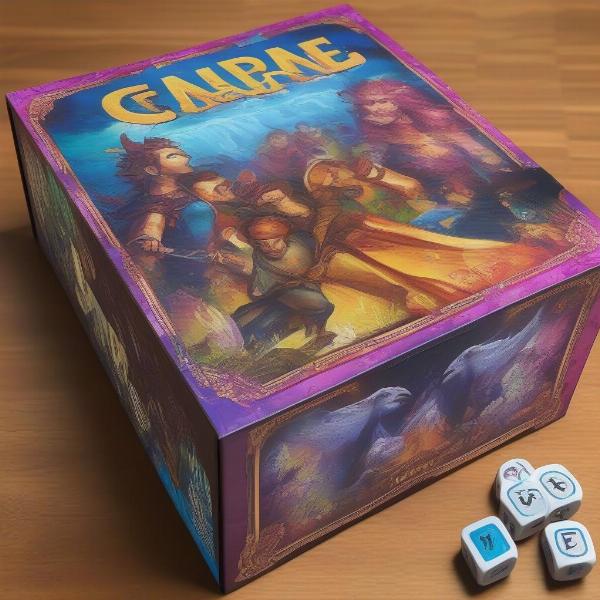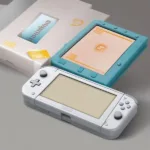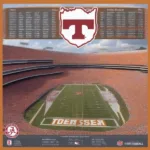Creating your own board game can be an incredibly rewarding experience. Whether you’re aiming for a family-friendly classic or a strategic masterpiece, the journey from concept to finished product is full of creative decisions. This guide will break down the process of How To Build A Board Game, offering insights and tips to help bring your game to life.
Similar to making your own connections game, the process starts with an idea. What kind of experience do you want your players to have? Is it a fast-paced party game or a slow-burning strategy game? Defining the core gameplay loop is crucial.
Defining Your Game’s Core
First, you’ll want to determine the core mechanics. Will players be rolling dice, drawing cards, or moving pieces on a board? Think about classics like Monopoly, with its focus on property acquisition, or Chess, a game of pure strategy. What makes these games tick? Understanding the underlying mechanics is key to building a board game that’s both engaging and fun. What will be the primary actions players take, and how will those actions interact with each other?
Next, consider your target audience. A game for children will have different design considerations than one for experienced gamers. Think about the complexity of the rules, the length of playtime, and the overall theme.
Developing the Game Mechanics
Once you have a solid core concept, you can start fleshing out the details. This stage involves refining the mechanics, designing the board, creating the components, and developing the rules. Consider how players interact with each other. Is it competitive, cooperative, or a blend of both? This will influence how you design the rules and the board itself.
The board itself is a crucial element. Will it be a static board like Scrabble or a modular board that changes throughout the game? The board should visually represent the game’s theme and enhance the gameplay experience. You might want to look at resources on how to make a sequence card game board for inspiration.
Creating the Game Components
Components are everything players interact with, from cards and dice to game pieces and tokens. These elements should be both functional and aesthetically pleasing. Consider the materials you’ll use. Will you opt for cardboard, wood, or plastic? The quality of the components contributes significantly to the overall feel of the game.
Carefully consider the artwork and graphic design. The visuals should complement the theme and enhance the gameplay. A well-designed game is visually appealing and easy to understand.
Refining the Rules and Playtesting
Now that you have a prototype, it’s time to playtest. Gather a group of players and observe how they interact with the game. Are the rules clear and easy to understand? Is the gameplay balanced? Playtesting is essential for identifying and fixing any issues. You can learn how to sell old video games to make space for your new creation.
Remember, iteration is key. Don’t be afraid to make changes based on feedback from playtesters. This iterative process is crucial for refining the rules and balancing the gameplay. Similar to how to make an aggravation game board, you’ll need to test and refine repeatedly.
Producing and Manufacturing Your Game
Once you’re satisfied with the final design, you can start thinking about production. There are several options available, from print-on-demand services to working with a manufacturer. Choose the option that best suits your budget and needs.
Why Build Your Own Board Game?
Building your own board game is a fantastic creative outlet. It allows you to bring your ideas to life, explore different game mechanics, and share your creation with others. It’s a journey of learning, experimentation, and ultimately, immense satisfaction. Do you know when is the world series game 2? Maybe incorporate some of that excitement into your design!
Supplementary Information: Game Design Principles
Understanding fundamental game design principles can greatly enhance the quality of your board game. These principles include:
Balance and Fairness
A well-designed game offers a fair and balanced experience for all players. No one player should have an inherent advantage, and the outcome of the game should depend on skill and strategy.
Player Interaction
How do players interact with each other? Is it a cutthroat competition or a collaborative effort? The level of player interaction can significantly impact the overall feel of the game.
Theme and Narrative
A strong theme and narrative can immerse players in the game world. Think about the story you want to tell and how the theme is reflected in the mechanics and components.
 Finished Board Game Box
Finished Board Game Box
Conclusion
Building a board game is a rewarding endeavor. By following these steps, you can transform your initial idea into a playable reality. Remember to focus on the core mechanics, refine the rules through playtesting, and pay attention to the visual design. So, grab some paper, brainstorm your ideas, and embark on your journey to create a unique and engaging board game.
FAQ
-
What are some common board game mechanics? Common mechanics include dice rolling, card drafting, worker placement, and area control.
-
How long does it take to build a board game? The development time varies greatly, but it can take anywhere from several months to several years.
-
What software can I use to design my board game? There are various software options available, ranging from free online tools to professional design software.
-
How much does it cost to produce a board game? Production costs vary depending on the complexity of the game and the manufacturing method.
-
Where can I find playtesters for my board game? You can find playtesters through online forums, local game groups, and friends and family.
-
What are some tips for balancing my board game? Playtesting is crucial for balancing. Observe how players interact with the game and make adjustments as needed.
-
How can I protect my board game idea? You can research options like patents and trademarks to protect your intellectual property.

